By 2025, discussions around artificial intelligence will go far beyond chatbots and content generators. One of the most buzzed about, and potentially controversial, applications is the AI clothes remover. In essence, these tools take a regular photo and digitally “remove” the article of clothing, sharing a modified version of the original image. Some individuals are simply justifiably curious about them, while others see value in things like business opportunities more specifically. Regardless, discussions around their use have sparked many ethical and legal discussions, as you can imagine.
The Rise of AI Clothes Remover Tools
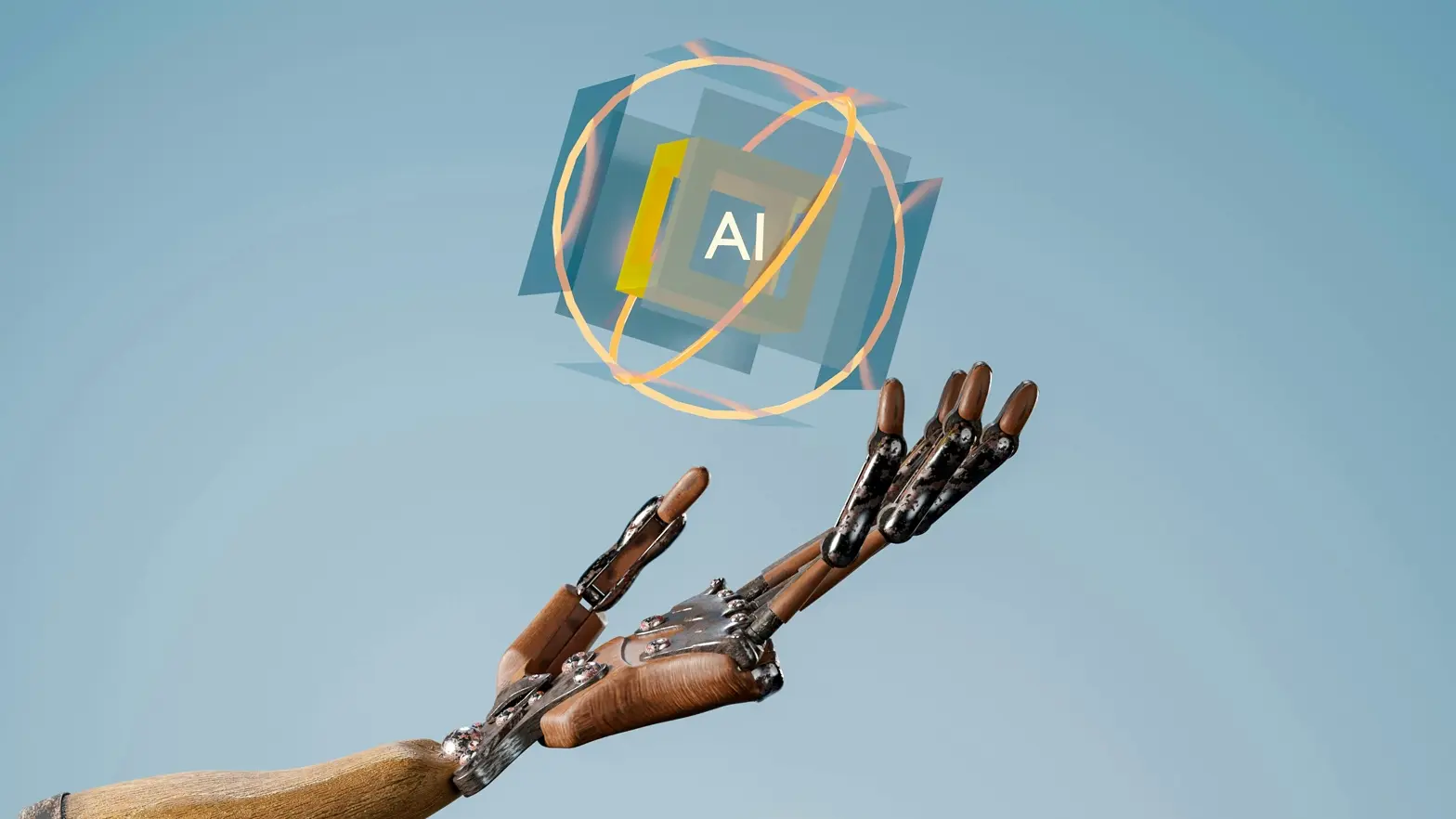
The concept of an undress AI remover almost sounds like something out of a sci-fi movie. And yet, here we are in the present moment, living in an era where an AI model can analyze an image, detect the clothing, and try to rationally think about what might lie beneath the article of clothing. In actuality, many of the outputs are imperfect, blurry, or outright unrealistic, as it relates to someone taking the clothing off. But nevertheless, the technology continues to raise eyebrows. Partly, that is for the shock factor, but also to communicate how AI is capable of moving into every corner of our digital lives very quickly.
What Is an AI Clothes Remover?
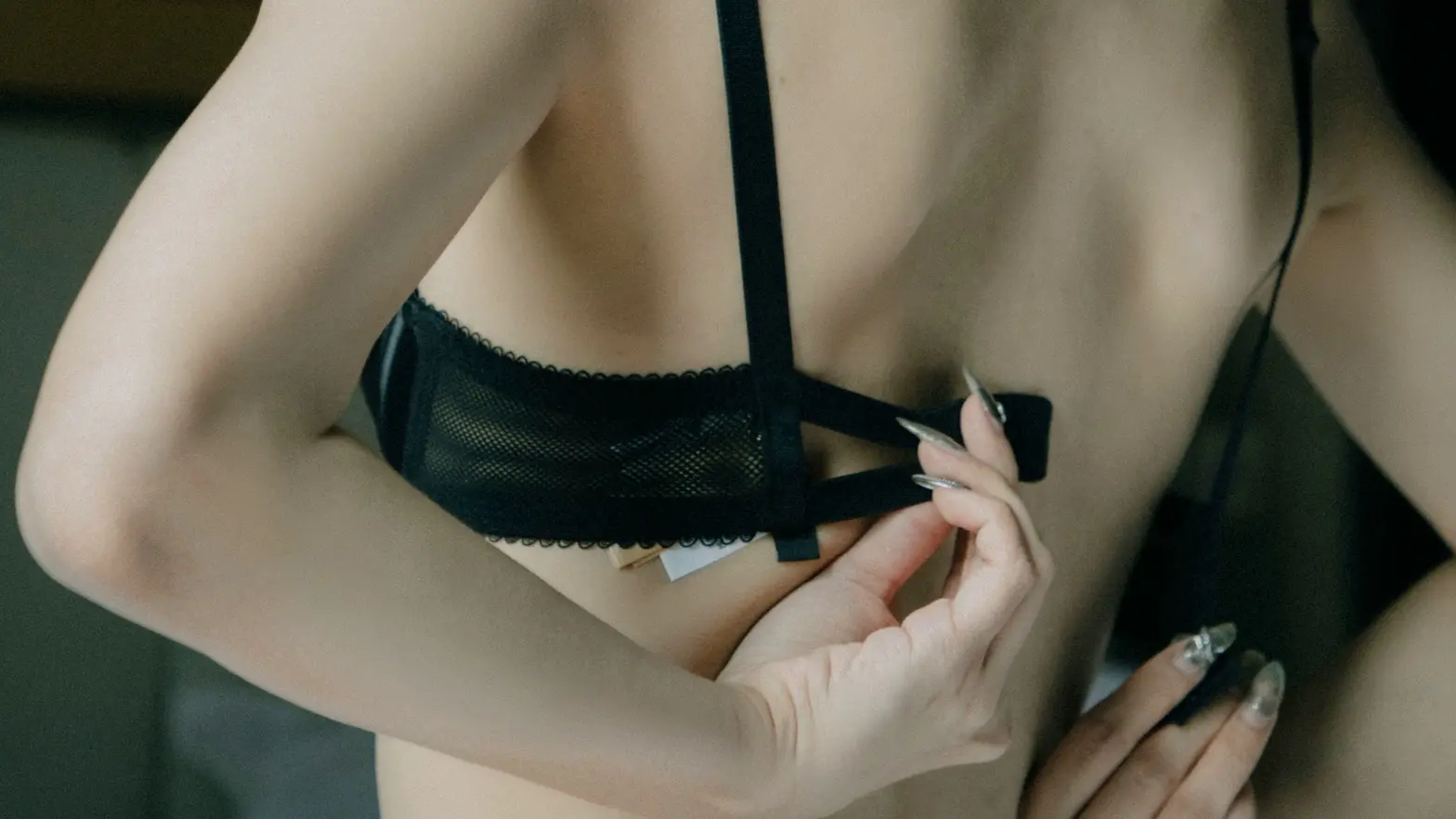
An AI nude clothes remover is, at its most basic, a machine learning-based piece of software designed to digitally remove clothing from an image and insert a simulated version of the body instead, which is a simplistic way of describing the idea. But the real-world application can be messy and flawed. These apps do not, instead, “see through” clothing items. They develop a model of the clothing item, identify where the clothing begins and ends, and then create speculation about what the person looks like underneath the clothing item.
So, how does this happen in practice? Most use computer vision techniques like segmentation—dividing an image into segments, with one being skin and the other being clothing. After separating clothing in the image, the software then utilizes a generative AI model, either a generative adversarial network (GAN) or a diffusion network, to replace the clothing item with an “invisible” state model. Often, the final image is based on images the subject has taken previously.
How Undress AI Remover Technology Operates
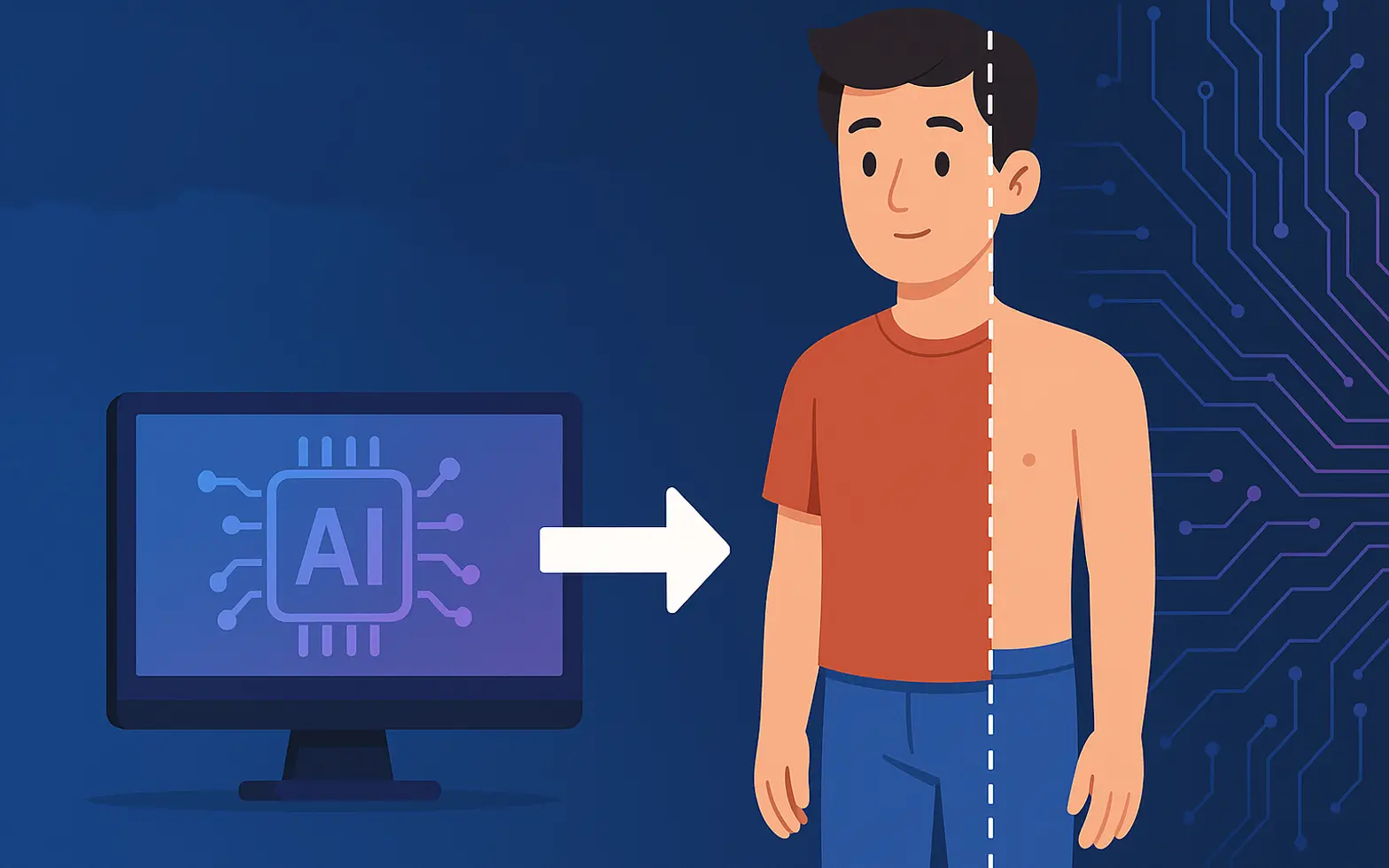
To understand the controversy around the AI strippers’ debate, it’s helpful to look inside the ‘black box.’ An undress AI remover doesn’t magically remove clothes from an image. In fact, it works through a series of technical steps that aim to decompose a photo and reconstruct it using additional content or regenerate content based upon its prior training.
Step 1: Image Assessment
In the first step, what’s happening is recognition. The AI checks out and spots what part is clothing versus skin or something from background material. This is called segmentation. You can think about “outlining” the digital boundaries of a shirt, pants, or jacket while segmenting the body from the photo.
Step 2: Predictive Modeling
After the clothing segments are noted, the AI takes a predictive model and looks at what look is likely under the clothing. Most contemporary AI programs use generative adversarial networks (GANs) or diffusion models to do this. These algorithms are trained on vast sets of images of human body forms to allow the program to guess what the areas of the body are missing. The actual guessing is where there is uncertainty. However, there is certainty the output is not truth. All images modeled can be employed as probabilistic events based on the ‘look’ or appearance the AI has previously ‘seen’ while training for image reconstruction.
Step 3: Output
Finally, the manipulated image is rendered, sometimes with little discernible difference, while at other times, the image looks awkward. In other words, strippers will not show photographic truths but the best probabilistic answer a computer could guess as missing components of each image.
This orderly deduction of the 3-step process shows us limitations that most casual users don’t think about. Correspondingly, once they potentially violate ethical issues or raise ethical doubt/care, these tools are generally fun, risky, and unreliable. Some users will undoubtedly download these apps for entertainment. However, the use of these apps for viewing individuals while removing clothing is definitely a violation of informed consent to do so.
Types of AI Clothing Removal Tools
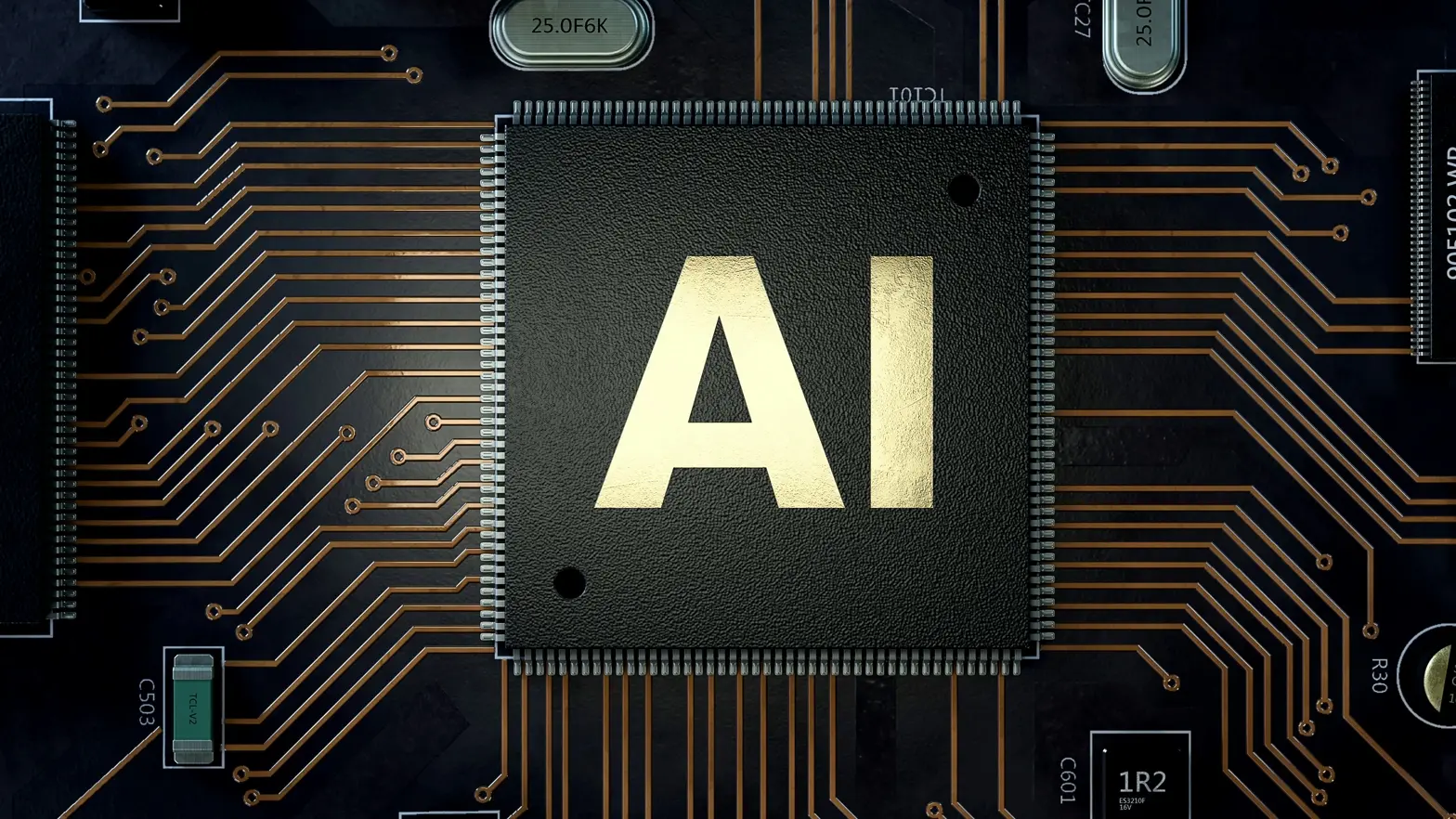
Not all AI apps and websites are the same. Some are pretty well-built apps that have a great user interface, while others can be sketchy and do not seem to deliver the results that they claim. Here is a grouping of the main types of AI clothes remover software that you will encounter:
1. Free Clothes Remover Apps & Sites
Yes, you have found free clothing removers, and the word “free” can often be hard to resist. However, software that is free is often the riskiest. Free apps will sometimes be all ads and malware, or they just will be poor quality in which the clothing is poorly removed with evident distortions and glitches. More seriously, in the case of some free sites, they may even keep or resell the original image that you uploaded for even more “privacy” concerns.
2. Paid and Subscription Services
As a generalization, the paid platforms will deliver better quality results, higher resolutions, and often process results faster. Paid options regularly brand themselves as premium nudify solutions. Although, just because the software is paid does not mean the service is ethical or safe, as they also exist in a grey area of legality as well.
3. Open Source Models and DIY Options
In the developer community there are also open-source models of AI clothes removers on GitHub or other AI-type hubs. But those also are for anyone who has coding experience to work off of and edit or improve. Open-source projects push innovation, but it’s also very hard to monitor and control misuse. Open source is often run without accountability, as scans are easily posted, reposted, and shared.
AI X Ray Clothes & Myths Around “Seeing Through” Technology

The expression “AI X-ray clothes” seems as if it was inspired by a comic book—artificial intelligence that can see through clothing, as though it has special powers. However, the technology can’t “really see through” anything. Instead, it uses algorithms developed to estimate and create what may be under the clothing, using patterns and statistical models. A big difference. Let’s clear the AI X-ray clothes up.
There is no artificial intelligence that can really expose hidden bodies. This may sound familiar, but that is misleading, usually intended for clicks or downloads. This means the results you see in an “X-ray vision”-type app are completely invented, based on guesses and learned from different data sources. Results are not only false, but they also raise serious ethical and privacy issues.
Why Misleading AI Is Bad
If users trust the app and assume it is harmless, the users may simultaneously create a non-consensual explicit image. What seems innocent may instead imply intentional disregard of harms. The line between an innocent experiment and generating explicit content is thin, as sharing potentially harmful images creates emotional damage and legal issues.
Responsible Applications
Interestingly, AI X-ray clothes may use the same rigid techniques as the responsible application possibilities in the fashion tech world. All of this by blending realistic images together and making fashion looks, colors, and textures without assuming a real model or patient. Intent, consent, and context are the truly differentiating possibilities for responsible applications.
Understanding the possibilities also allows content creators and novice entrepreneur ideals to learn the power of AI without all of the traps that lead to ethical or legal consequences. It may be easier or less time-consuming to use the AI to “give an image a look.” However, later consequences are more impactful than any gains from curiosity or simply time.
Legal Landscape of AI Clothes Remover in 2025
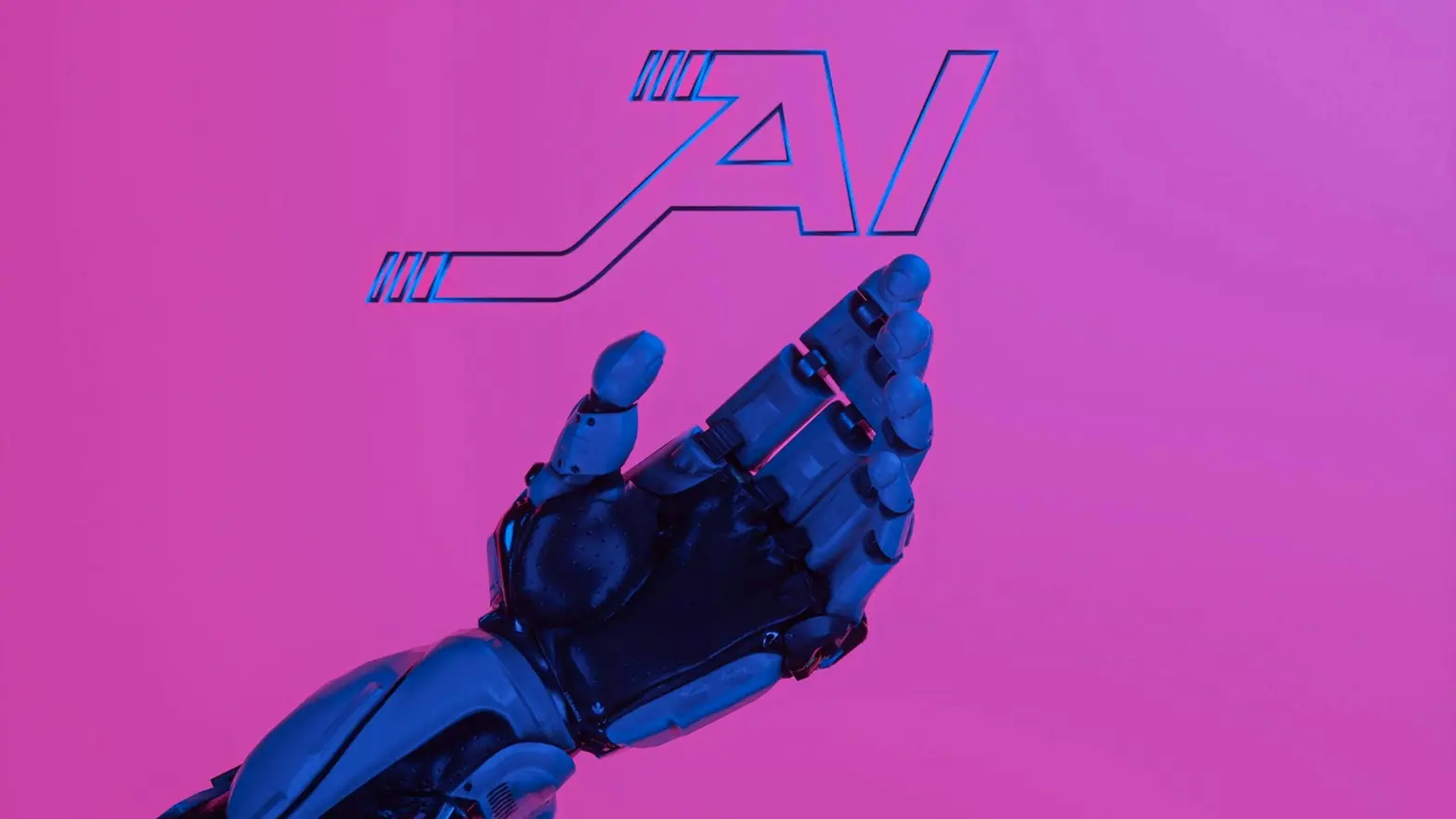
Navigating the best AI clothing remover tools landscape in 2025 can be extraordinarily confusing. The speed of technological development is remarkable, but the law is well behind. Legislators throughout the world are grappling with how to enact legislation around AI technologies that could produce indecent images of individuals without their consenting sexual images.
International Law
The EU legislation is exploring the categorization of some high-risk AI uses—some related to manipulated images of actual people and which are deemed high-risk. Agencies managing technology on various platforms would incur penalties if they could not demonstrate visibility, opt-in consent controls, or appropriate mitigation practices that would deter misconduct with uses of those technologies. Similar laws are being established in other countries such as Canada and Australia. But they are prioritizing their privacy laws, or anti-harassment protections.
US States
State laws aimed at addressing deepfakes and/or the non-consensual production and/or distribution of indecent images in the U.S. have substantially proliferated in recent years. Many states’ laws identified the non-consensual production or distribution of manipulated sexually suggestive images as criminalized conduct. There is likely going to be an additional step of more federal law. Although new changes made in 2025, as part of the Federal Communication Commission’s rulings, require the platforms to remove non-consensual content if reported.
Compliance
Even with good intentions, compliance can create complications. It is important for developers of AI to ensure they are transparent about the intent and purpose of the AI application or what can be reasonably expected, comprehensibly communicating safeguards intended to address misconduct and realistic protocols for consent. Creators or entrepreneurs interested in responsibly using AI must be familiar enough with the implications of the local law.
Scrile AI: Ethical AI Solution for Business
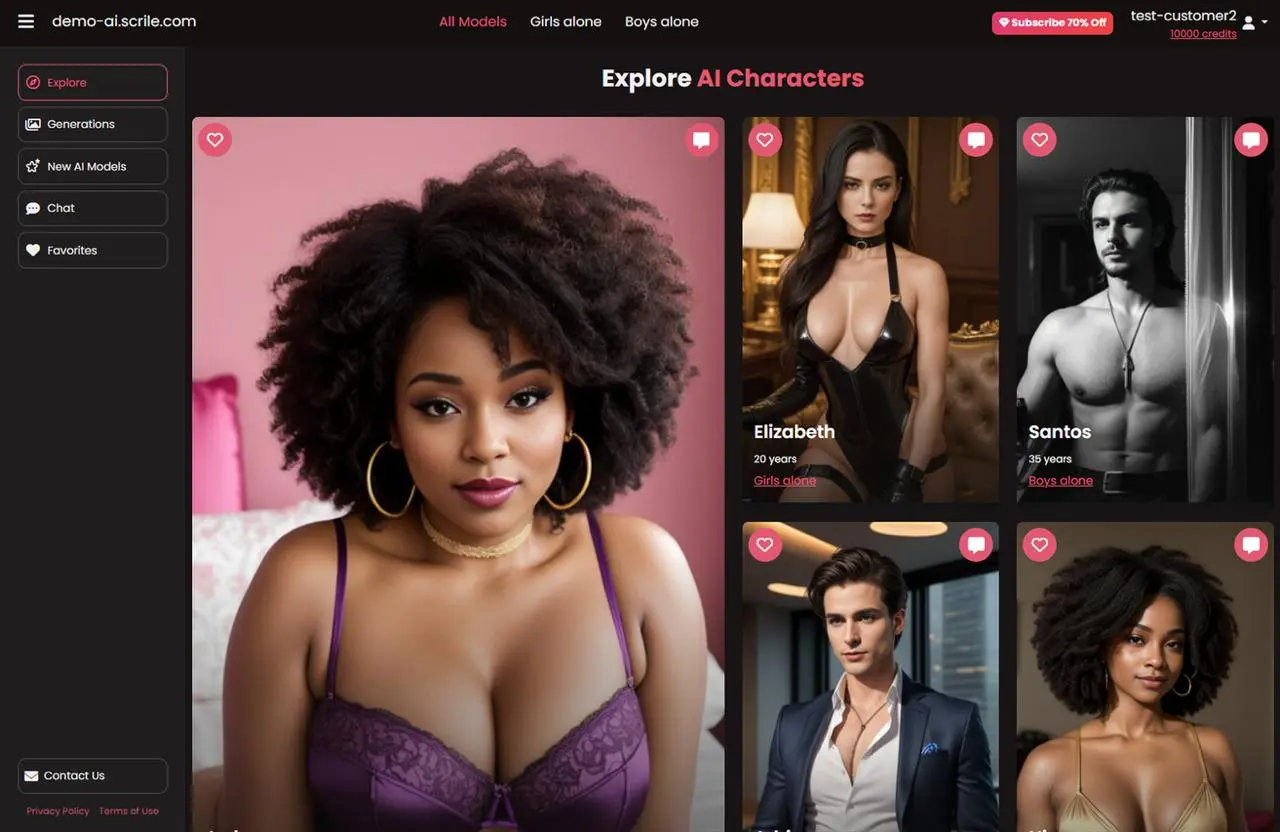
This platform offers businesses and individuals the opportunity for AI-assisted image creation and modification while avoiding controversy over using people’s likenesses in altered images without consent. Scrile AI provides ethical and legal tools for content creation while protecting against privacy violations.
This platform is emphasizing consent, control, transparency, and ethical uses of AI and images. It protects against creating or manipulating personal images in general, and every image generated by the user or by their customers abides by the common social, ethical, and legal norms of AI use.
Ultimately, Scrile AI has demonstrated that AI can be powerful without being controversial. With good intentions and protections in place, generative tools can also cultivate creativity and the development of legitimate businesses freely and ethically. Using Scrile AI, you can create your own AI clothes remover app.
Get a free demo

Polina Yan is a Technical Writer and Product Marketing Manager at Scrile, specializing in helping creators launch personalized content monetization platforms. With over five years of experience writing and promoting content for Scrile Connect and Modelnet.club, Polina covers topics such as content monetization, social media strategies, digital marketing, and online business in adult industry. Her work empowers online entrepreneurs and creators to navigate the digital world with confidence and achieve their goals.
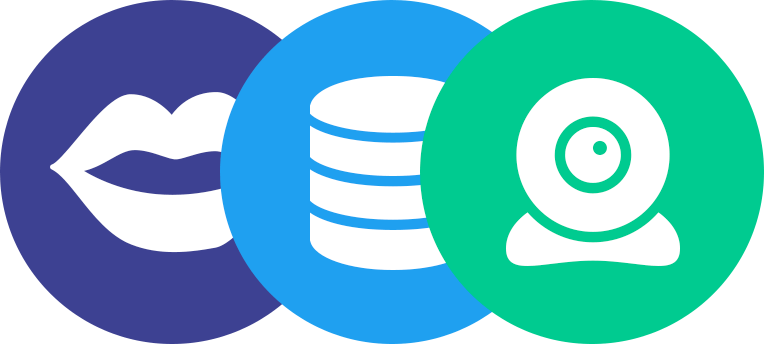
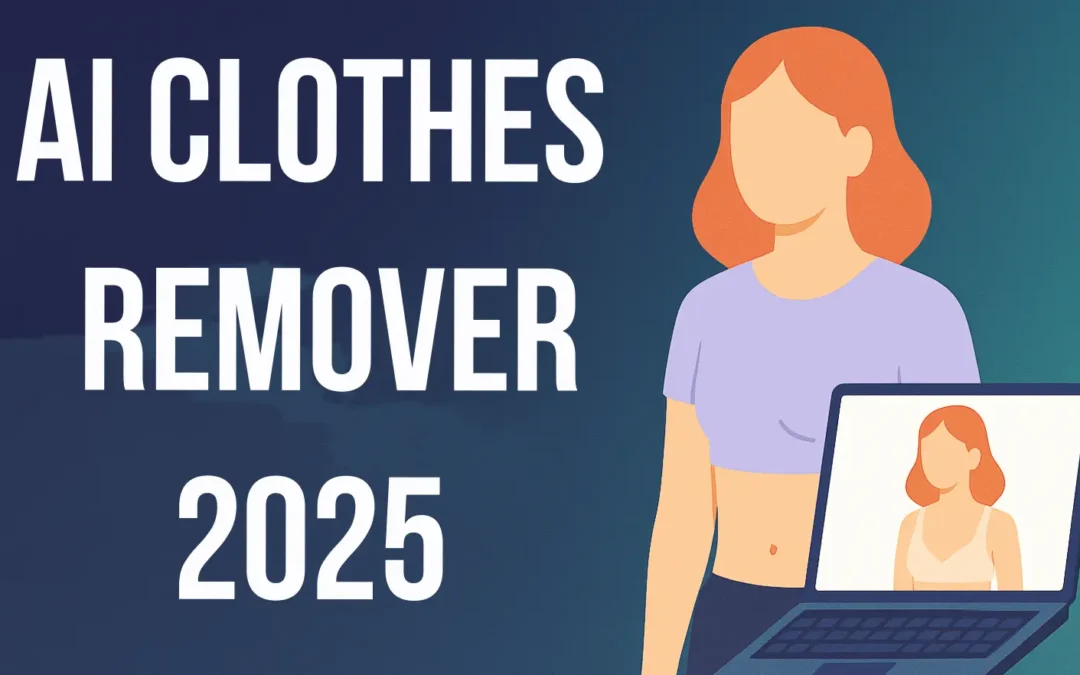

Great article, thank you for sharing these insights! I’ve tested many methods for building backlinks, and what really worked for me was using AI-powered automation. With us, we can scale link building in a safe and efficient way. It’s amazing to see how much time this saves compared to manual outreach.